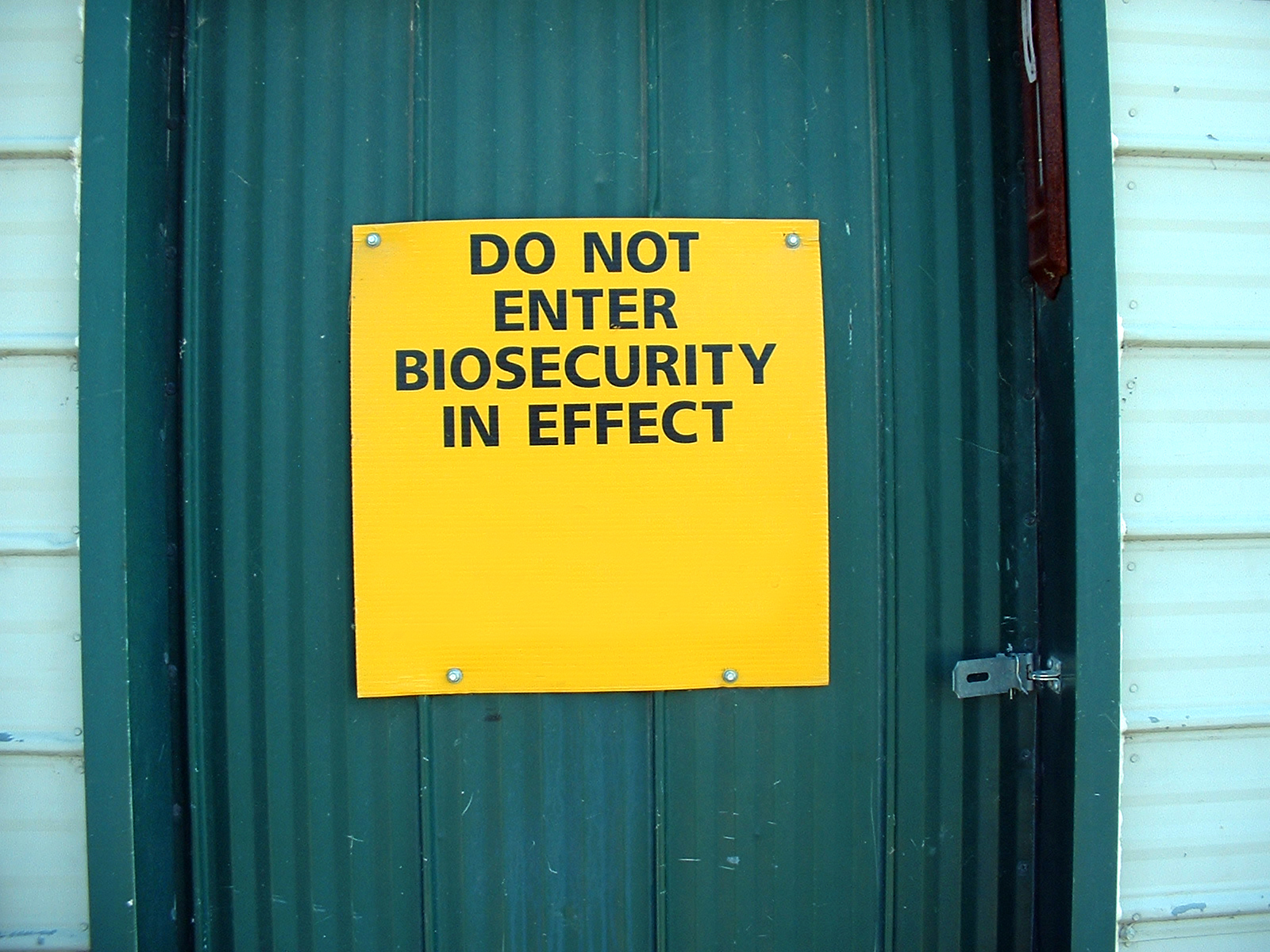
TUESDAY, March 1 (HealthDay News) — A new study has found that patients treated at high-cost U.S. hospitals for sepsis — a potentially life-threatening bacterial infection in the bloodstream — don’t have better short-term survival rates than those treated at other hospitals.
Researchers analyzed data from 309 hospitals that cared for at least 100 patients with sepsis between June 2004 and June 2006. In total, there were more than 166,900 patients, 20 percent of whom died.
The median expected death rate for all hospitals was 19.2 percent. Twenty hospitals had death rates between 10 percent and 25 percent higher than the expected rate, while 46 hospitals had death rates that were more than 25 percent higher than the expected rate.
The median average hospital cost was $18,256. Thirty-four percent of the hospitals exceeded expected costs by at least 10 percent, with a median excess cost per case of $5,207.
When the researchers compared costs and death rates, they found that 7 percent had both significantly lower-than-expected costs and death rates, and 10 percent had both higher-than-expected costs and death rates.
Researchers estimated that if costs were contained, the 63,833 study patients treated at the 105 hospitals with higher than expected mean costs represent a potential $332 million dollars in savings.
“Higher spending and adjusted mortality rates for patients with sepsis vary substantially, but higher hospital expenditures are not associated with better survival,” wrote Dr. Tara Lagu, of the Baystate Medical Center in Springfield, Mass. and Tufts University School of Medicine in Boston, and colleagues, in a news release.
“Efforts to enhance the value of sepsis care could be modeled on hospitals that achieve lower than-expected mortality and costs,” the researchers concluded.
The study appears in the Feb. 28 issue of the Archives of Internal Medicine.
More information
The Society of Critical Care Medicine has more about sepsis.

